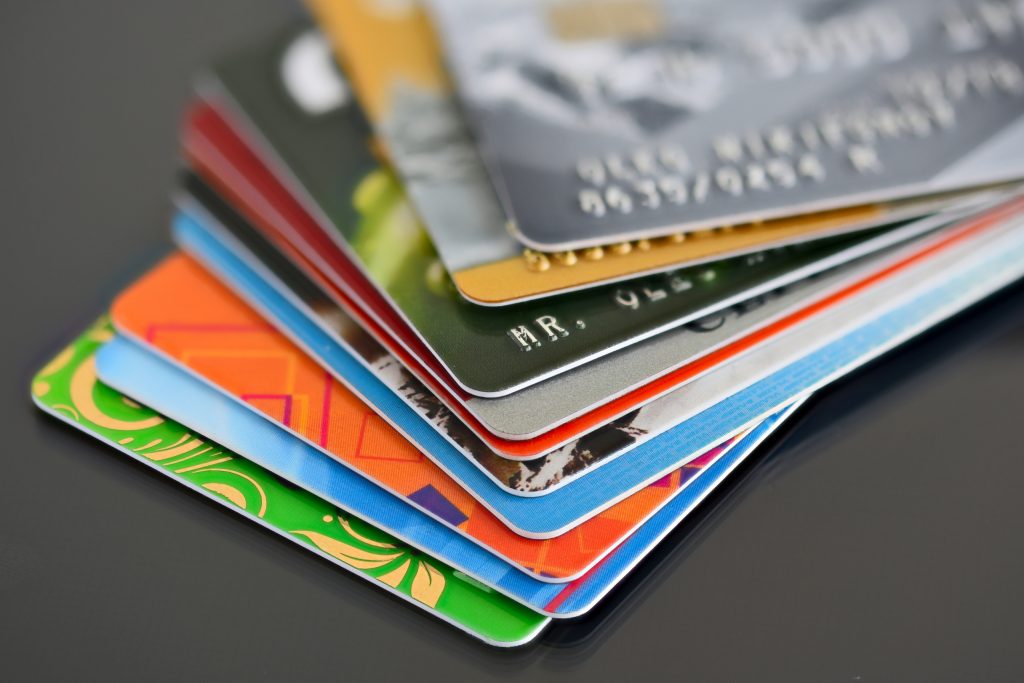Convenience stores in Japan, known as “konbini,” are essential parts of daily life for many people. They offer a wide range of products and services, including groceries, ready-to-eat meals, and other daily essentials. The importance of convenience stores in Japan lies in their accessibility and convenience, as they are typically open 24 hours a day and provide a one-stop shopping experience.
One key aspect of convenience stores in Japan is the variety of payment methods they accept. In addition to cash, many konbini also accept various electronic payment methods, such as credit cards, mobile payments, and even some digital currencies. This flexibility in payment options makes it convenient for customers to make purchases, especially as cashless transactions become more common in Japan.
The importance of different payment methods in convenience stores cannot be overstated, as it allows customers to choose the most convenient and secure way to make their purchases. This is particularly beneficial for both domestic and international visitors who may not have easy access to cash or prefer to use digital payment methods. Overall, the availability of different payment options enhances the convenience and accessibility of konbini, making them an integral part of daily life in Japan.
What is a Bundle Card?
A bundle card is a prepaid card that allows customers to purchase a package or bundle of services from a specific provider. These services can include a combination of products such as mobile phone plans, internet service, cable TV, and streaming services.
When a customer purchases a bundle card, they are essentially pre-paying for a set of services at a discounted rate compared to if they were to purchase the services individually. The card typically comes with a set amount of credit, which can be used to activate the desired package or bundle of services.
The benefits of a bundle card are that it provides convenience and savings for the customer. Instead of managing multiple bills and payments for different services, they can consolidate their expenses onto one card. Additionally, the discounted rate of the bundle card can result in cost savings for the customer compared to purchasing the services separately.
Overall, a bundle card offers simplicity, convenience, and potential cost savings for customers who want to access a variety of services from a single provider. It is an efficient way to manage multiple services and enjoy the benefits of bundled offerings.
Payment Methods Accepted at Convenience Stores
Convenience stores in Japan commonly accept a variety of payment methods to accommodate the diverse needs of customers. These typically include credit cards, such as Visa, MasterCard, and American Express, making it convenient for customers to make purchases without the need for cash. Debit cards issued by Japanese banks are also widely accepted at convenience stores, allowing customers to directly deduct funds from their bank accounts.
In addition to credit and debit cards, convenience stores in Japan also accept prepaid cards, which are popular among younger customers and tourists. These prepaid cards, such as Suica and Pasmo, can be used for various transactions including purchases at convenience stores. Virtual cards, which are becoming increasingly popular, are another payment method accepted at convenience stores in Japan. These are typically used through smartphone apps or online payment services and provide a convenient and secure way to make purchases.
Overall, convenience stores in Japan strive to provide a seamless and convenient shopping experience by accepting a wide range of payment methods, catering to the diverse needs of their customers.
Advantages of Using a Bundle Card at Convenience Stores
Using a bundle card for convenience store payments has several benefits. Firstly, it offers a convenient and efficient way to make purchases without the need to carry cash or multiple credit/debit cards. With a single bundle card, customers can easily pay for their items at the convenience store without the hassle of fumbling through multiple payment methods.
Additionally, bundle cards often come with reward programs or cashback offers, providing customers with additional savings and benefits when making purchases at convenience stores. This can be especially attractive for frequent convenience store shoppers who can maximize their savings through these reward programs.
Furthermore, using a bundle card can also help in budgeting and tracking expenses, as all the purchases made at convenience stores will be consolidated into a single statement, making it easier to keep track of spending.
However, it’s important to note that some convenience stores may have limitations or restrictions on using bundle cards for certain products or services. Additionally, factors to consider before attempting to use a bundle card for payment include ensuring that the convenience store accepts the specific type of bundle card being used, and being aware of any potential fees or charges associated with using the card at the store.
Alternative Payment Methods at Convenience Stores
Credit cards as a Viable Option for Convenience Store Payments Conclusion: The use of bundle cards at convenience stores is currently not widely accepted in Japan. However, there are alternative payment methods such as credit cards that can be used for convenience store payments. It is important to consider the limitations and restrictions associated with using bundle cards at convenience stores before attempting to use them for payment.
The acceptance of bundle cards at convenience stores in Japan is currently limited. While convenience stores are popular and widely used for various transactions, including purchasing groceries, snacks, and other daily necessities, bundle cards are not a commonly accepted payment method at these establishments.
There are several factors that influence the acceptance of bundle cards by convenience stores. One factor is the technology required to process these types of payments. Bundle cards typically use a different payment infrastructure than traditional credit or debit cards, which may not be compatible with the systems used by convenience stores.
Another factor is the business agreements between bundle card providers and convenience store chains. These agreements determine whether or not bundle cards can be accepted as a valid form of payment. Currently, there are limited partnerships between bundle card providers and convenience stores in Japan.
It is important to consider these factors and limitations before attempting to use a bundle card for payment at a convenience store. It is advisable to check with the specific convenience store chain beforehand to find out if they accept bundle cards.
If a bundle card is not accepted, there are alternative payment methods available at convenience stores in Japan. One such option is using credit cards. Many convenience stores accept major credit cards, making it convenient for customers to make payments. Credit cards offer the advantage of being widely accepted and can be used for various transactions, not just at convenience stores.
Other payment methods accepted at convenience stores include debit cards, prepaid cards, and virtual cards. Debit cards are linked to a customer’s bank account and allow for direct payment without incurring debt. Prepaid cards are loaded with a specific amount of money and can be used until the balance is depleted. Virtual cards, on the other hand, are digital payment options that can be used for online and in-store purchases.

Conclusion
In conclusion, bundle cards or バンドルカード コンビニ are a convenient and versatile payment option that can be used at various establishments, including convenience stores. However, it is important to consider the limitations and restrictions that may apply when using a bundle card at a convenience store. It is also worth exploring alternative payment methods such as credit cards, which are widely accepted at convenience stores. Ultimately, the choice of payment method will depend on individual preferences and circumstances.






